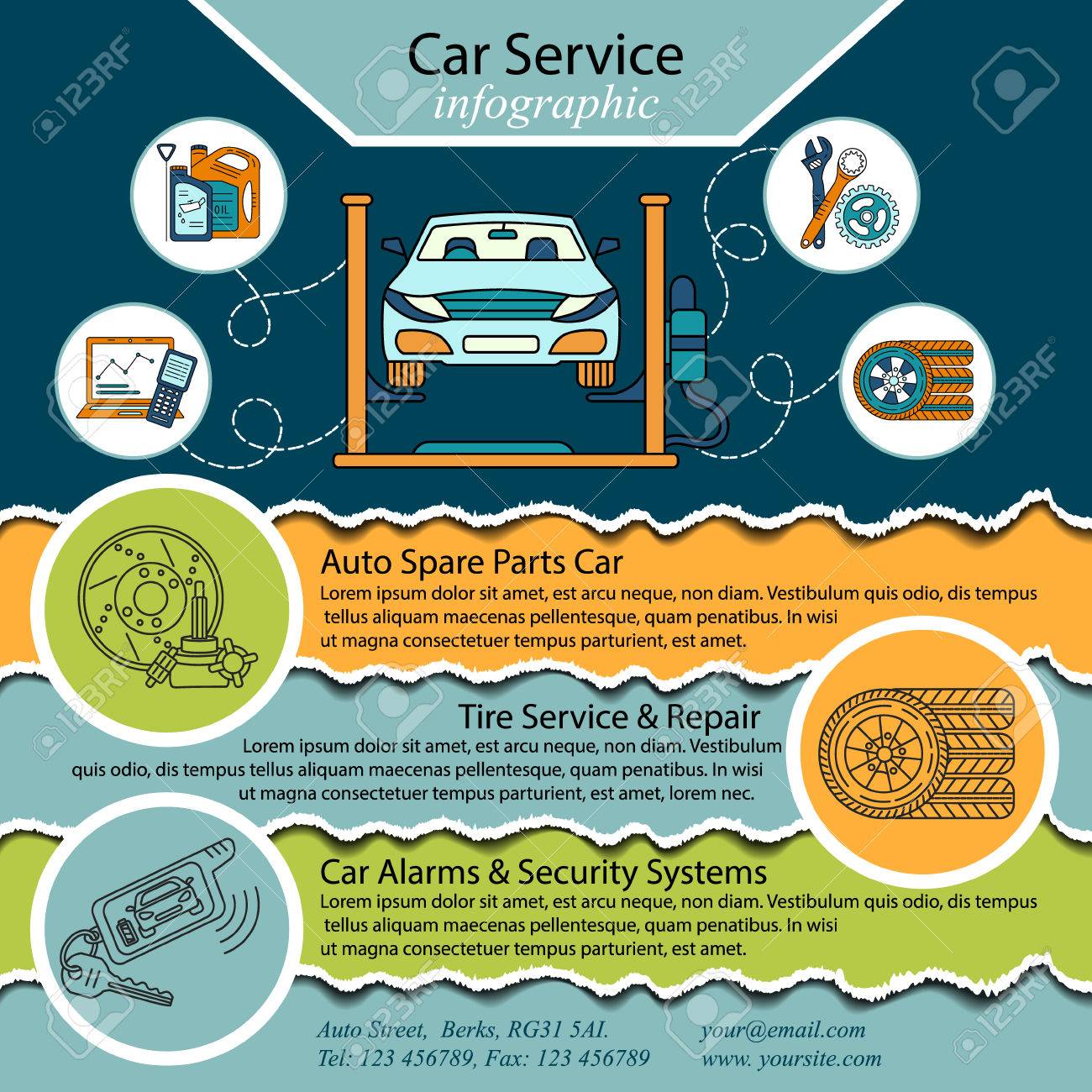Understanding The Definition Behind Your Lorry'S Warning Lighting: An In-Depth Look
Understanding The Definition Behind Your Lorry'S Warning Lighting: An In-Depth Look
Blog Article
Write-Up Written By-Lauritsen Kejser
When you're behind the wheel, those beautiful caution lights on your dashboard can be a little bit perplexing. Do you understand what they're attempting to tell you concerning your vehicle's wellness? Recognizing paint detailing near me of these lights is essential for your safety and the long life of your car. So, the next time among those lights appears, would not you wish to understand its message precisely and take the required steps to address it?
Common Caution Lighting and Interpretations
Identify usual warning lights in your auto and comprehend their definitions to ensure secure driving.
The most common caution lights consist of the check engine light, which indicates issues with the engine or discharges system. If this light comes on, it's vital to have your automobile checked promptly.
The oil pressure advising light suggests low oil pressure, requiring instant focus to stop engine damage.
A blinking battery light may recommend a damaged billing system, potentially leaving you stranded otherwise resolved.
The tire stress surveillance system (TPMS) light signals you to reduced tire pressure, impacting vehicle stability and gas effectiveness. Disregarding this might lead to hazardous driving conditions.
car cleaner interior shows a trouble with the anti-lock stopping system, compromising your capacity to stop promptly in emergency situations.
Last but not least, the coolant temperature advising light warns of engine overheating, which can result in extreme damage if not resolved swiftly.
Comprehending these common caution lights will certainly help you attend to issues immediately and maintain safe driving problems.
Value of Prompt Focus
Understanding the usual caution lights in your auto is only the initial step; the value of quickly addressing these warnings can not be highlighted sufficient to guarantee your security when traveling.
When a caution light brightens on your control panel, it's your car's way of connecting a potential problem that requires attention. Disregarding these cautions can result in much more extreme problems down the road, jeopardizing your safety and security and potentially costing you much more out of commission.
Trigger interest to cautioning lights can prevent failures and accidents. As an example, a blinking check engine light could indicate a misfire that, if left unattended, could cause damages to the catalytic converter. Resolving this quickly can save you from an expensive repair service.
In a similar way, a brake system cautioning light could signal reduced brake liquid or worn brake pads, important parts for your safety and security when driving.
Do It Yourself Troubleshooting Tips
If you discover a warning light on your control panel, there are a few DIY repairing suggestions you can try before seeking expert help.
The initial step is to consult your auto's handbook to recognize what the specific caution light suggests. Often the concern can be as straightforward as a loosened gas cap activating the check engine light. Tightening up the gas cap may settle the trouble.
One more usual issue is a low battery, which can set off various advising lights. Checking the battery links for deterioration and ensuring they're safe and secure may take care of the trouble.
If a caution light lingers, you can attempt resetting it by disconnecting the cars and truck's battery for a few minutes and then reconnecting it. Furthermore, inspecting your vehicle's fluid degrees, such as oil, coolant, and brake fluid, can assist repair warning lights connected to these systems.
Verdict
To conclude, recognizing your auto's caution lights is crucial for keeping your car running efficiently and safely. By immediately dealing with these informs and understanding what they suggest, you can prevent costly repair services and potential failures.
Bear in mind to consult your car's guidebook for particular details on each warning light and take action as necessary to guarantee a hassle-free driving experience.
Keep informed, stay safe when traveling!
